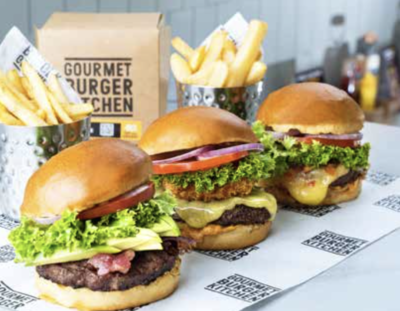This second installment on upcycled barley continues from the previous April/May issue on barley protein application opportunities. Contributed by Henk Hoogenkamp.
Related Post
GLP-1: The Wonder Drug
Explore the groundbreaking impact of GLP-1 medications on health, weight-loss, and the food industry, alongside their benefits and challenges. Post Views: 220
GLP-1: MEAT TO THE RESCUE
The initial FDA approval of semaglutide-based GLP-1 medicines dates back to 2005. Fast forward to 2025, and it is estimated that about one in eight U.S. adults are using or have used these prescription medications. Post Views: 229
Rethinking Protein for A Cleaner Smarter Future
As the global food system faces mounting pressure to deliver cleaner, more sustainable nutrition, the shift toward alternative proteins is just one part of a broader transformation. Post Views: 131
SUSTAINABLE PLANT PROTEIN INGREDIENTS
All protein starts with plants. Protein is the only macronutrient that has not been demonized. On the contrary, people living in developed and affluent countries can’t seem to get enough of it. Yet, society should not close its eyes to climate change, especially extreme weather and rapid population growth, which is intensifying pressure on traditional […]
US Anti-Dumping Tariffs Restrict Chinese Pea Protein
Some years ago, China converted several soy protein processing facilities to produce pea protein concentrates and isolates as well as high-protein ingredients from pulses. Post Views: 899
Healthy ageing: sacropenia & longevity
Discover how balanced nutrition and physical activity can combat sacropenia and promote healthy ageing, ensuring vitality and longevity in your golden years. Post Views: 857

